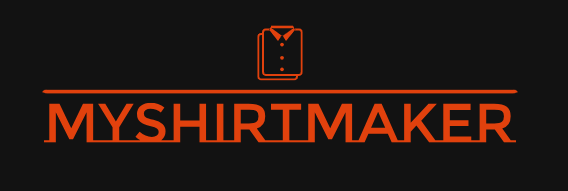Leveraging AI Content Detectors for Electronic Integrity

AI content detectors are in the limelight as the most essential tools that can be exemplified by the advanced solutions offered by ZeroGPT when it comes to authenticating and protecting the content going viral on the internet.
Though not a language model itself, it is essential for customers of language models to grasp the AI Content Detector technology of ZeroGPT.
The AI content detector by ZeroGPT is equipped with innovative algorithms, which set it apart from the other AI generators and help detect AI or human-generated content. It also confirms detection and lends credibility to the reliability of information available in cyberspace.
HOW ZEROGPT WORKS, more specifically, concerns the functioning of its AI Content Detector.
To this end, the AI content detector in ZeroGPT gathers text, picture, and video, focusing on identifying characteristics of artificial production. Through reliable assessments, users can filter and identify between the original content and fantasy, for the most part.
Applications Across Digital Domains
With ZeroGPT’s AI content detector, vital roles are played across sectors including social media, e-commerce, journalism, and more. It helps platforms to prevent fake content from influencing their operations, journalists can use it to verify their sources, and it will increase consumer trust in various markets.
Maintaining the Credibility of Media Using AI Recognition
In journalism specifically, integrity forms a critical foundation as the underlying value. Its AI Content Detector of ZeroGPT is useful for journalists to identify fake news with ease, enabling them to minimize the proliferation of false information in news reports.
Factors to Consider for Improting the Relevance and Credibility of Content on the Company’s Social Media Sites
While social media platforms use content detection technologies based on artificial intelligence (AIA) to combat fake news and deep fake news. Users get to benefit from better security in given platforms to avoid fake content and have security measures implemented to counter such content.
Main Title: The Role of Proxy Reconciliation in Maintaining Consumer Trust in E-commerce
App credit integrities are particularly important for e-commerce platforms, where the authenticity of sellers’ information and product reviews must be guaranteed. ZeroGPT AI content detector validates the feedback to ensure consumers must not be cheated, which will help them to make right decisions at the time of purchasing the product.
Legal and Ethical Implications for OSN in AI Content Detection
In the present case, ethical issues play a vital role, especially as the use of AI is a developing field. It recognizes that many people are concerned about AI abuses due to their negative impact on the society, thus, ensures that it meets high standards of corporate governance, transparence, and fairness, as well as ensuring that consumer information is protected, while designing AI content detectors.
Challenges And Opportunities In Latent AI Classification
However, it is crucial to know that even with linear improvement, AI content detectors still struggle with aspects such as adapting to new techniques employed by AI cybercriminals. Subsequent avant-garde advancements endeavour to enhance the detection success rate and broaden use across emergent media.
Conclusion: Exploring Next Level in Using AI Technology to Accelerate Digital Assurance
Various elements of artificial intelligence present in ZeroGPT’s framework, with particular emphasis on the AI content detector, hold significant value in preserving digital credibility. As it gives users the reliable tools in the process of detection, it strengthens this trust and means of security and contributes to a more credible environment.
Beyond this approach, there is a need to be open to innovation to create a trusted digital world.
Let me stress that while working with the subtle and multifaceted process of digital communication, AI content detectors contribute greatly to maintaining the purest form of identity and credibility. The gradual acceptance of new technologies in a well-balanced and controlled manner forms the basic premise of a stable and safe digital environment.








